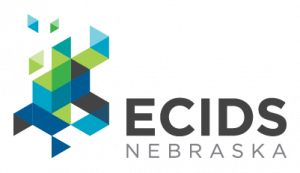System Design & Architecture
The purpose of system design is to create a technical solution that satisfies the business needs and functional requirements of the ECIDS, aligns with the overarching purpose and vision, and includes the implementation and ongoing maintenance of the system. System design is influenced by several factors, including legal requirements, available resources, and intended uses of the system. Additionally, system design covers work to modernize ECIDS infrastructure over time.
System design is essential to an ECIDS because it translates the business needs of the data contributors and data users into a technical infrastructure. Given the complexity and changing nature of the early childhood sector, ECIDS system design needs to allow for ongoing improvements that enhance the system’s performance and quality of its data linkages. ECIDS will be designed to allow its development and integrations with other systems to occur over time. Integrations will be scheduled incrementally.
The strawman ECIDS features a federated architecture. In general, federated architectures match situations where various systems and constituents operate collaboratively without a global authority. Governance in a federated system must balance the organizational autonomy with the overall cross-organization needs. The constituent organizations retain the flexibility to pursue autonomous strategies, processes and architectures while supporting collaborative research and reporting initiatives.
The systems connecting to the ECIDS infrastructure remain autonomous, allowing the managing agencies to evolve their systems as they see fit. The federated system is transparent, whereby the ECIDS infrastructure standards mask from the users (and from the other systems) the differences, idiosyncrasies, and implementations of the underlying data sources.





